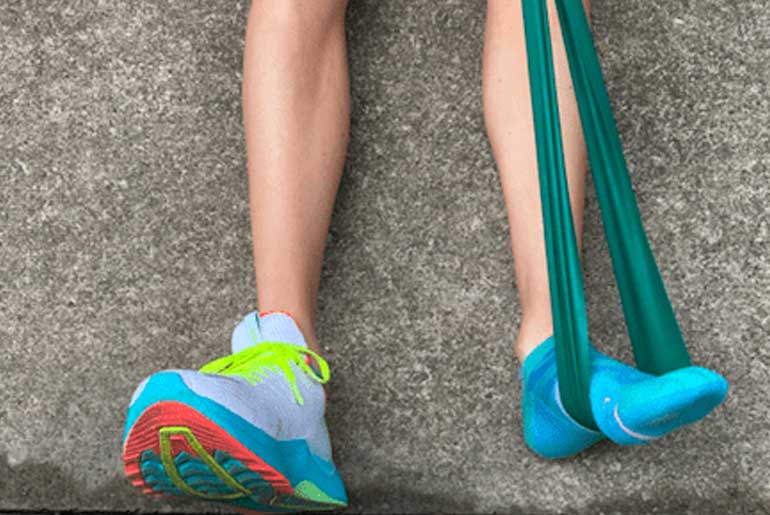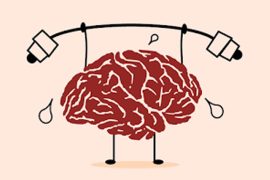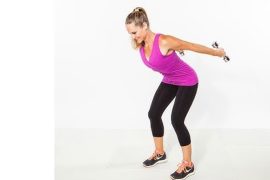Ankle mobility plays a vital role in overall movement and flexibility, often overlooked but crucial for various activities. An athlete aiming to boost performance or someone seeking relief from everyday discomfort, restricted ankle mobility can hinder your ability to move efficiently and perform more challenging exercises.
Understanding Stiff Ankles:
Stiff ankles can indeed be troublesome, significantly limiting mobility and flexibility. Tight calf muscles and lingering effects of old injuries are often the main culprits behind this issue. Visualize your calf muscles as strong ropes pulling on your ankle joint. When these muscles become tight, it’s akin to them yanking on your heel, making it challenging to bend your foot upwards (dorsiflexion). Tightness can develop due to inactivity, overexertion during exercise, or inadequate shoe support. Moreover, scar tissue from past sprains, strains, or fractures around the ankle joint can further restrict movement and cause stiffness, especially if the injury didn’t fully heal. However, by incorporating targeted stretches and exercises, you can improve ankle mobility, alleviate discomfort, and enhance your overall range of motion.
Ankle Mobility with Easy Exercises:
- Ankle Plantar Flexion Stretch with Prop: By sitting on the floor with legs extended and using a towel or resistance band looped around the ball of one foot, you gently pull it towards you, feeling a stretch in the calf and Achilles tendon.
- Calf Stretch: This involves standing facing a wall, placing one foot against the wall with the knee bent, and leaning forward while keeping the heel on the ground to stretch the ankle dorsiflexors.
- Dynamic Ankle Mobility Drill: This includes performing ankle circles, ankle alphabet (drawing the alphabet with your toes), or ankle figure eights to dynamically warm up and mobilize the ankle joint.
- Ankle Joint Mobilizations: Under the guidance of a physical therapist or qualified professional, joint mobilization techniques are performed to improve ankle joint mechanics and unlock restricted movement.
- Ankle Circles: This involves rotating your ankle in controlled circles, both clockwise and counterclockwise. It helps in lubricating the ankle joint and enhancing its overall range of motion.
- Heel Raises: By strengthening the muscles surrounding the ankle joint, heel raises improve stability and support, ultimately reducing the risk of injury while enhancing mobility.
- Toe Flexion and Extension: This exercise stretches the muscles and tendons in the front of the ankle while promoting better proprioception and balance, vital for maintaining mobility and preventing falls.
- Resistance Band Ankle Dorsiflexion: Utilizing a resistance band adds resistance to dorsiflexion movements, intensifying the stretch and targeting the muscles responsible for pulling the foot towards the body.
- Foam Rolling: Using a foam roller to massage the calves and lower legs helps release tension and improves flexibility, preparing the muscles for deeper stretches.
This comprehensive routine targets various aspects of ankle health, including flexibility, strength, stability, and mobility. Incorporating these exercises into a regular regimen can lead to significant improvements in ankle function and overall lower limb health. Always ensure proper form and consult a healthcare professional if you have any concerns or existing injuries.
Tailoring Your Ankle Mobility Routine:
The frequency of your ankle mobility routine should align with your individual needs and activity level. Ideally, aim for 2-3 sessions per week, integrating these stretches into your existing warm-up routine before exercise or as part of a cool-down. However, if you’re dealing with tight ankles or recovering from an injury, you may benefit from more frequent sessions, even daily. It’s essential to listen to your body—if you experience any pain, it’s best to ease off and consult a healthcare professional for guidance.
Disclaimer:
The information contained in this article is for educational and informational purposes only and is not intended as a health advice. We would ask you to consult a qualified professional or medical expert to gain additional knowledge before you choose to consume any product or perform any exercise.







